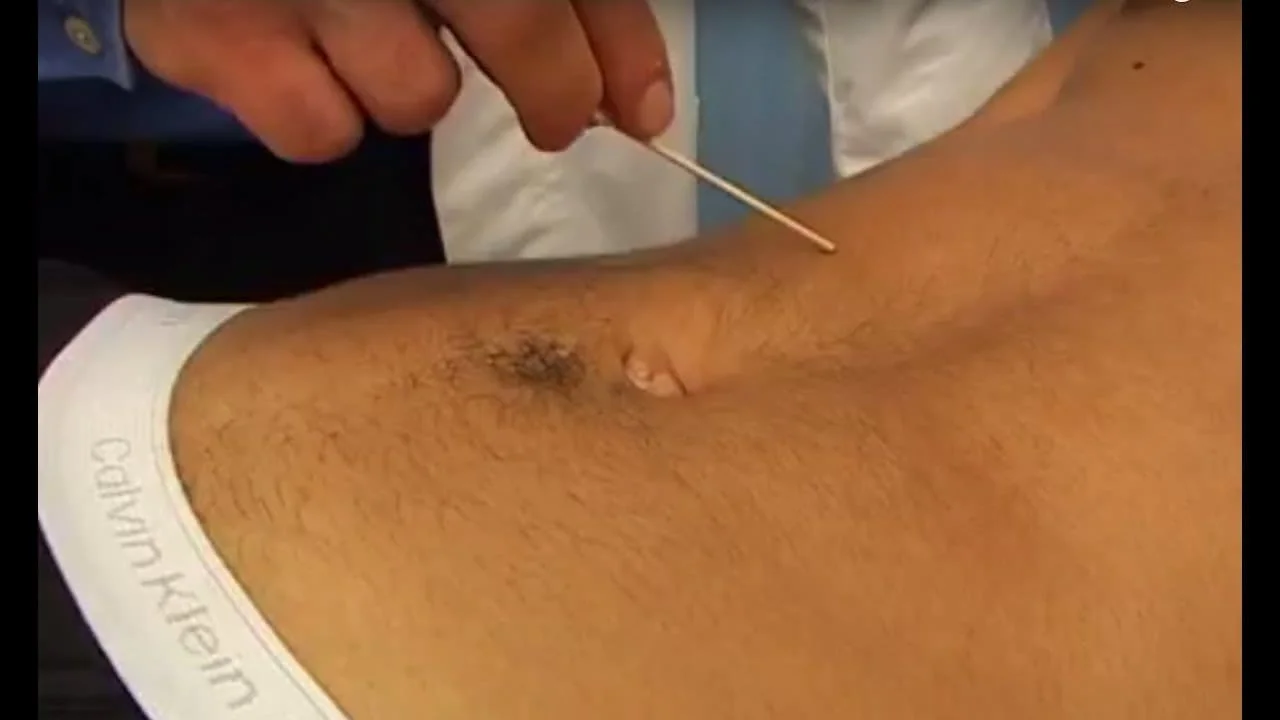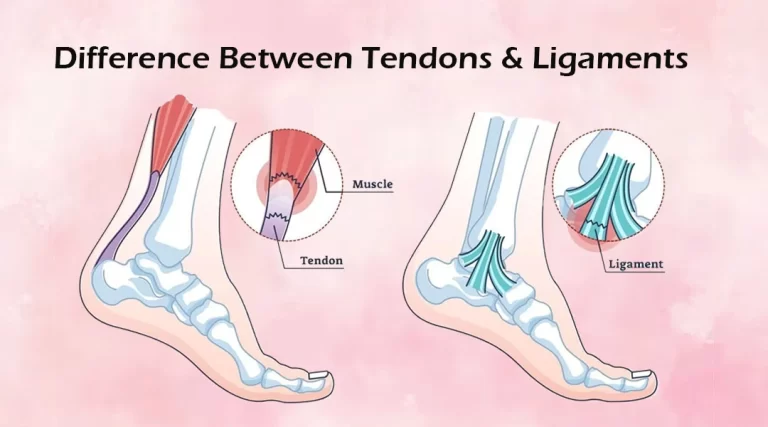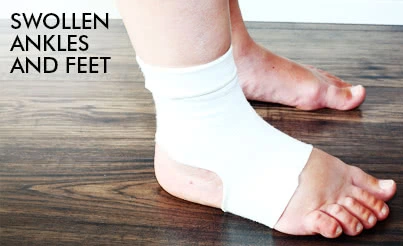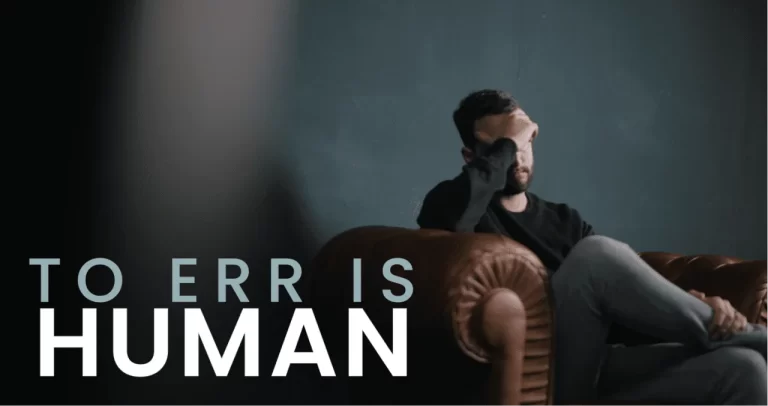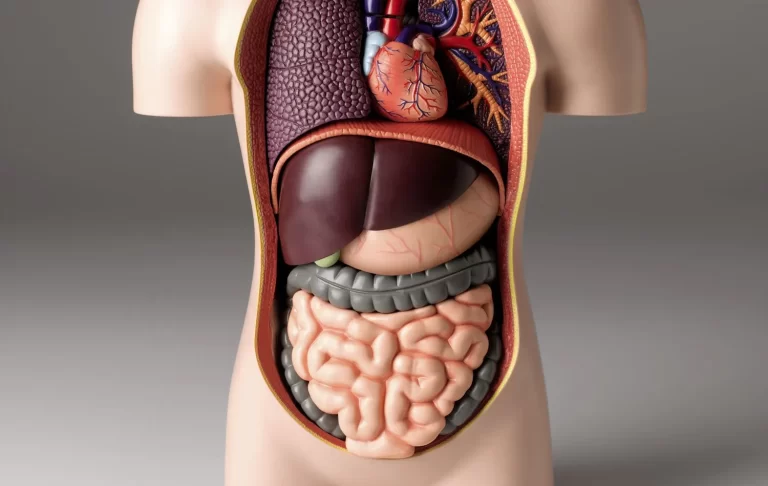Understanding the Abdominal Reflex: A Neurological Assessment Guide
What is ab Abdominal reflex?
The Abdominal Reflex, also known as the abdominal cutaneous reflex or the abdominal reflex arc, is a neurological reflex that involves the contraction of the abdominal muscles in response to stimulation of the skin on the abdomen. This reflex is mediated by the spinal cord and is an important clinical tool for assessing the integrity of the nervous system, particularly the spinal cord and the segments of the spinal nerves involved.
Thoracic 8th to 12th roots are engaged in this reflex. The internal viscera were protected from harm by the local contraction of the abdominal muscles in response to sensory impulses.
How Can Abdominal Reflex Be Elicited?
Put the patient in a comfortable supine posture on a bed. Make sure their abs are completely relaxed. Divide the abdomen into four quadrants and gently strike the abdominal skin toward the navel with a blunt object. Watch how the stimuli cause the abdominal muscles to contract. Abdominal muscular contraction and umbilicus movement in response to stimulation are typically signs of a normal reaction.
By gently pushing the front abdominal wall with the fingers and tapping it with a reflex hammer to cause an abdominal muscle contraction, one can see the deep abdominal reflexes. However, normal people typically only experience minor abdominal reflex strains.
By contrasting the electromyographic reaction to an eclectic or scratch reflex, it was demonstrated that the clinically observed abdominal reflex was comparable to the late response to an electrically stimulated blink reflex.
Why Is an Abdominal Reflex Absent?
A weak or absent reflex is detected. A missing reflex could be physiological or pathologic. Anxiety, obesity, weakness (often associated with aging), muscle laxity following many pregnancies, or abdominal surgery are examples of physiological causes. They become weary throughout repeated testing as a result, and they may also be more asymmetric. When the abdominal reflex is absent or weak, it may indicate a suprasegmental or upper motor neuron damage, such as after a stroke. As a result, it can be utilized to assess the severity of the damage in a neurology case.
Conditions include:
- the disease is known as multiple sclerosis, which causes damage to the insulating layer protecting the nerve cells in the brain and spinal cord.
- The term “neurogenic bladder” (which describes problems with the urine system brought on by sickness or damage to the neurological system that regulates the urinary system) is used to describe these problems.
- In Brown-Sequard syndrome, one-half of the spinal cord is damaged, causing paralysis and loss of proprioception on the injured side and loss of pain and touch sensibility on the unaffected side.
- One or both of the tonsils in the cerebellum are pushed downhill via the foramen magnum in Chiari malformations, a structural defect of the cerebellum.
- Amyotrophic lateral sclerosis, sometimes referred to as Lou Gehrig’s disease or motor neuron disease, is a neurodegenerative condition that results in the death of motor neurons, which are responsible for controlling voluntary muscles.
What Are Abnormal Abdominal Reflexes?
Although they are described as being brisk in congenital diplegia (cerebral palsy) and motor neuron diseases, brisk abdominal reflexes are not clinically important. It can be utilized to pinpoint the anatomical site in problems of the thoracic spinal cord and is missing in disorders of the upper motor neuron. In comparison to a sensory-level pinprick and the manifestation of muscle weakness, abdominal reflexes are less dependable.
If it’s present on one side but not the other, it can indicate some pathologic problems. This is used by pediatric surgeons to examine children with spinal scoliosis for a potential syrinx. After a stroke, they are reversible.
Contrary to the superficial abdominal reflexes, which were weak or nonexistent in patients with upper motor neuron diseases, the deep abdominal reflexes are improved. The superficial abdominal reflexes, like other cutaneous reflexes, are transmitted across the midline by an intraspinal channel.
Absence of abdominal reflexes is present in about two-thirds of MS patients. As a result, this technique is used in the early diagnosis of the illness. The distinction between inflammatory and degenerative myelopathy, such as motor neuron disease, is also helpful. However, the initial study did not take the disease stage into account, and further prospective investigations are required.
Changes in the dormancy of the abdominal muscular responses were observed in some individuals, which the clinical findings could not account for.
It is possible to tell who needs an MRI to rule out syringomyelia in patients with probable idiopathic scoliosis by looking at their superficial abdominal reflexes. On the other hand, a lack of a superficial abdominal response in scoliosis patients suggests underlying syringomyelia.
History Of Abnormal Abdominal Reflexes
The first time that the abdominal muscles could be seen contracting when the skin was gently scratched was in 1876 by Rosenbach. However, some researchers, such Astwazaturow and Monrad-Krohn, have hypothesized that the intrinsic reflex arc in healthy individuals must pass via the highest levels of the neurological system because these reflexes may not be present in patients with central nervous system lesions.
Summary
An essential component of the neurologic examination is the abdominal reflex. Additionally, it can assist medical professionals in selecting the best methods for future research. For instance, while abdominal reflexes may appear late in motor neuron disorders, they may appear early in multiple sclerosis. It is clear that the coherence of a large portion of the nervous system, including the spinal cord, peripheral nerves, nerve roots, and some supraspinal regions, is tested by intestinal reflexes.
Additionally, it is highly beneficial for the actual process of anatomic diagnosis. As clinical experience grows, abdominal reflexes can be employed as “go-to” indications when the clinical diagnosis is complicated by the patient’s worry. They can be helpful when viewed in conjunction with the clinical presentation, but when viewed in isolation, they are incredibly changeable and misleading.
FAQs
What nerve root is the abdominal reflex?
Nerve roots T9–T11 supply the upper abdominal reflexes. Roots T11 and T12 supply the lower abdominal reflexes. In order to check for these reflexes, lightly stroke the abdominal wall in each of the four quadrants of the abdomen in a direction diagonal to the umbilicus.
What are the abdominal reflexes in upper motor neuron lesions?
Following UMN lesions, it has been seen that the superficial abdominal reflex and the cremasteric reflex have diminished or disappeared. The cremasteric reaction is the raising of the scrotum in response to stroking the medial thigh, while the superficial abdominal reflex is the tensing of the abdominal muscles beneath the skin.
Is abdominal reflex superficial or deep?
Abdominal reflex is a superficial reflex.
A superficial neurological reaction, the abdominal reflex is polysynaptic, or interposed by many neurons. The roots of the abdominal reflex are located in the 7th through 12th thoracic segments. For instance, following a stroke, the superficial reflex may be missing or diminished, which is a symptom of upper (suprasegmental) motor neuron injuries.
What is the abdominal reflex in a lower motor neuron lesion?
According to tradition, both upper and lower motor neuron diseases cause the loss of superficial abdominal reflexes. However, because they are also lacking in roughly 20% of healthy people, especially so in the elderly, their therapeutic significance is minimal.
References
- Fareed, G. (2023, February 28). What Is Abdominal Reflex. https://www.icliniq.com/articles/gastro-health/abdominal-reflex
- Abdominal reflex. (2021, December 8). In Wikipedia. https://en.wikipedia.org/wiki/Abdominal_reflex

